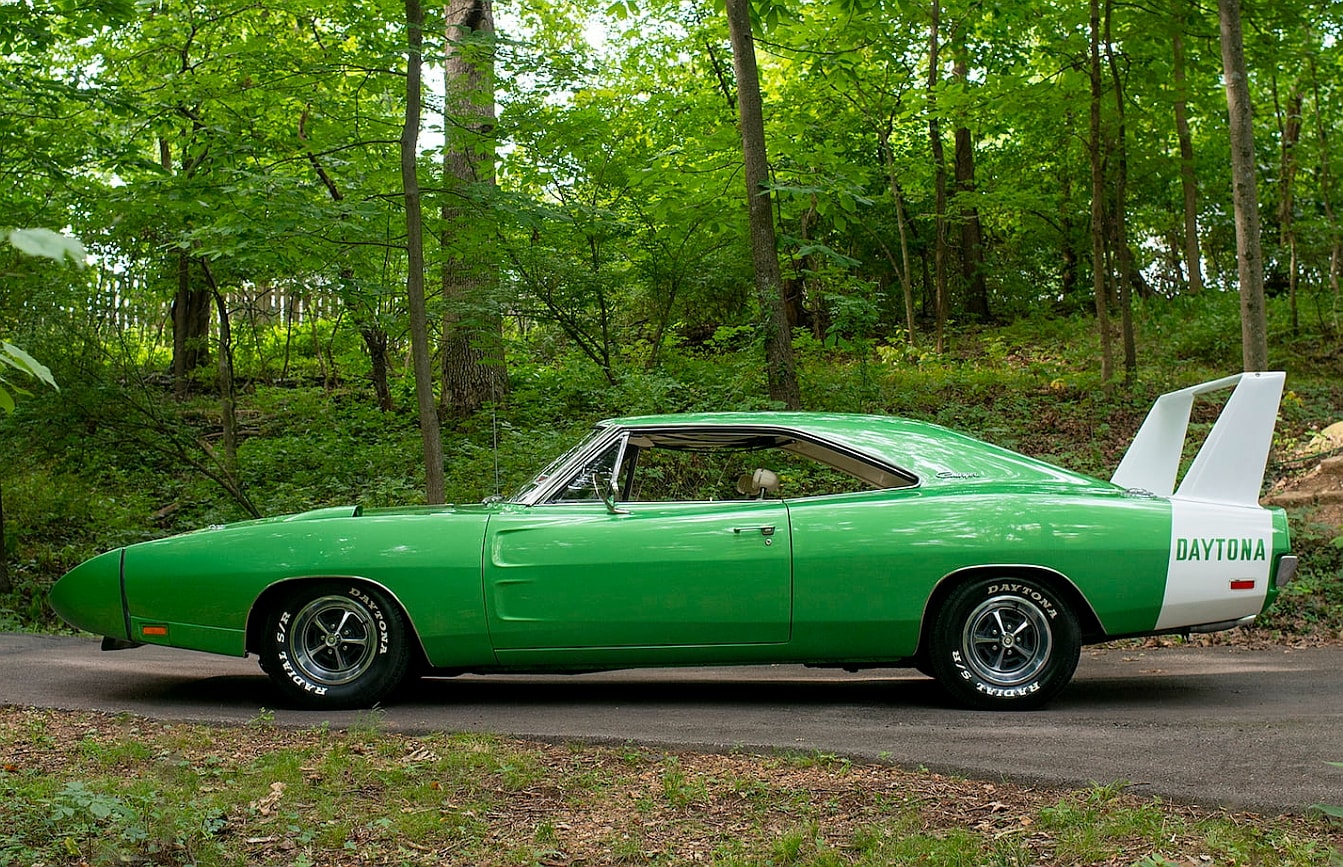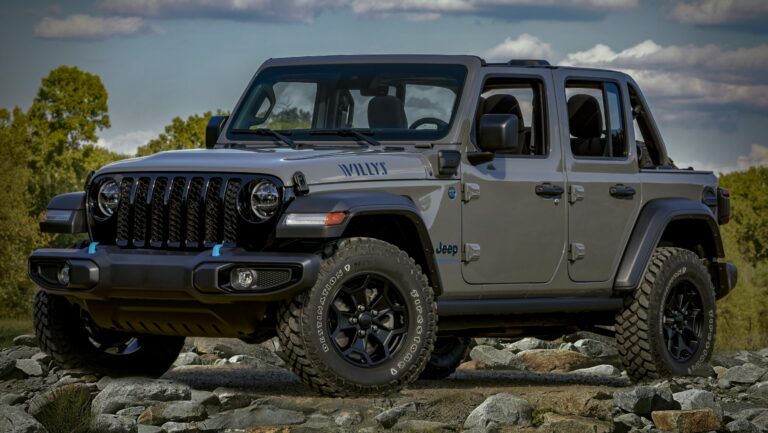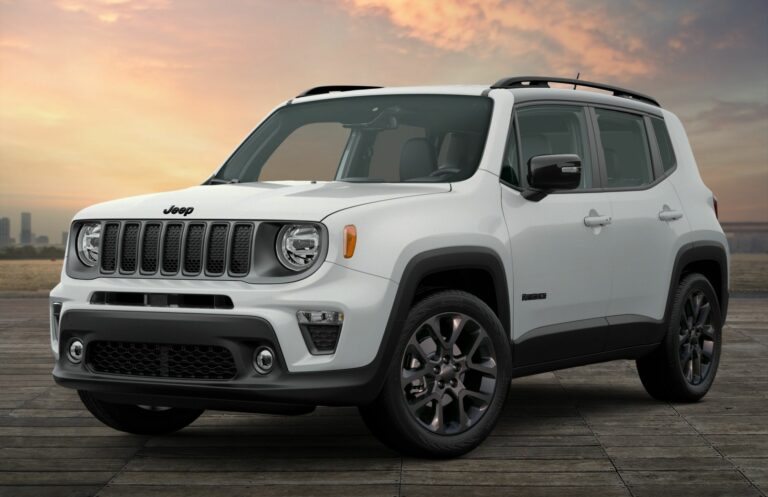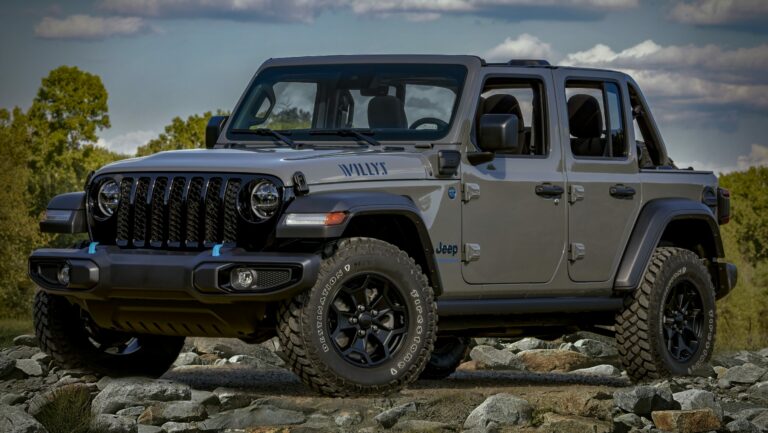Restored Jeep CJ For Sale: A Comprehensive Buyer’s Guide
Restored Jeep CJ For Sale: A Comprehensive Buyer’s Guide jeeps.truckstrend.com
Introduction: The Enduring Allure of a Restored Legend
The Jeep CJ, or "Civilian Jeep," is more than just a vehicle; it’s an icon of American ruggedness, adventure, and timeless design. From its roots as a military workhorse to its evolution into a beloved recreational vehicle, the CJ series (CJ-2A, CJ-3A, CJ-5, CJ-7, CJ-8 Scrambler) carved a unique niche in automotive history. For many, the raw, open-air experience of a CJ is unparalleled, a direct connection to a simpler, more adventurous time.
Restored Jeep CJ For Sale: A Comprehensive Buyer’s Guide
However, finding an original CJ in prime condition can be a daunting task. Decades of off-road adventures, exposure to the elements, and the inevitable wear and tear mean that many surviving examples are either rust-ridden projects or heavily modified machines. This is where the allure of a "Restored Jeep CJ For Sale" comes into play. A restored CJ offers the best of both worlds: the classic aesthetics and spirit of the original, combined with the reliability, safety, and often enhanced performance of a meticulously rebuilt vehicle. This article serves as a comprehensive guide for anyone considering owning a piece of this legendary heritage, exploring what defines a restored CJ, its benefits, key considerations for purchase, and practical advice to ensure a successful acquisition.
The Enduring Appeal of the Jeep CJ
The Jeep CJ’s legend is built on a foundation of simplicity, utility, and an undeniable go-anywhere capability. Born from the wartime Willys MB, the civilian versions retained the utilitarian charm and robust mechanicals that made them so effective.
- CJ-2A (1945-1949) & CJ-3A (1949-1953): The earliest civilian models, embodying post-war optimism and versatility for farm and recreation.
- CJ-5 (1955-1983): The longest-running CJ model, known for its compact size, maneuverability, and classic round headlights. It became synonymous with off-road prowess.
- CJ-7 (1976-1986): A slightly longer wheelbase than the CJ-5, offering more interior space and improved stability, making it a popular choice for both daily driving and off-roading. It was also the first CJ to offer an automatic transmission and optional hardtop.
- CJ-8 Scrambler (1981-1986): A pickup truck version of the CJ-7, featuring an extended wheelbase and a small bed, offering unique versatility and rarity.

Their appeal lies in their unpretentious nature, open-air driving experience, and the sense of freedom they evoke. Unlike modern SUVs, CJs are mechanical and visceral, connecting the driver directly to the road and the environment. This emotional connection, coupled with their increasing rarity in good condition, fuels the demand for expertly restored examples.
What Constitutes a "Restored" Jeep CJ?
The term "restored" can be broad, but in the context of classic vehicles like the Jeep CJ, it generally implies a significant, often comprehensive, effort to bring the vehicle back to or beyond its original glory. Understanding the different levels of restoration is crucial for any potential buyer.
-
Frame-Off (Nut-and-Bolt) Restoration: This is the gold standard. The vehicle is completely disassembled down to its bare frame. The frame is typically sandblasted, inspected, repaired if necessary, and then powder-coated or painted for durability. Every component – engine, transmission, axles, suspension, body panels, wiring, interior, and exterior trim – is either repaired, rebuilt, or replaced with new or NOS (New Old Stock) parts. The goal is often to achieve show-quality finish and factory-correct specifications. These are the most expensive and time-consuming restorations.
-
Partial or Driver Restoration: This involves focusing on key areas to make the vehicle reliable and presentable for regular driving. It might include a complete engine and transmission rebuild, new suspension, upgraded brakes, fresh paint, and a new interior. While not every nut and bolt is addressed, significant mechanical and cosmetic work is performed to ensure the vehicle is safe, dependable, and looks good. These CJs are built to be driven and enjoyed, not necessarily to win concours events.
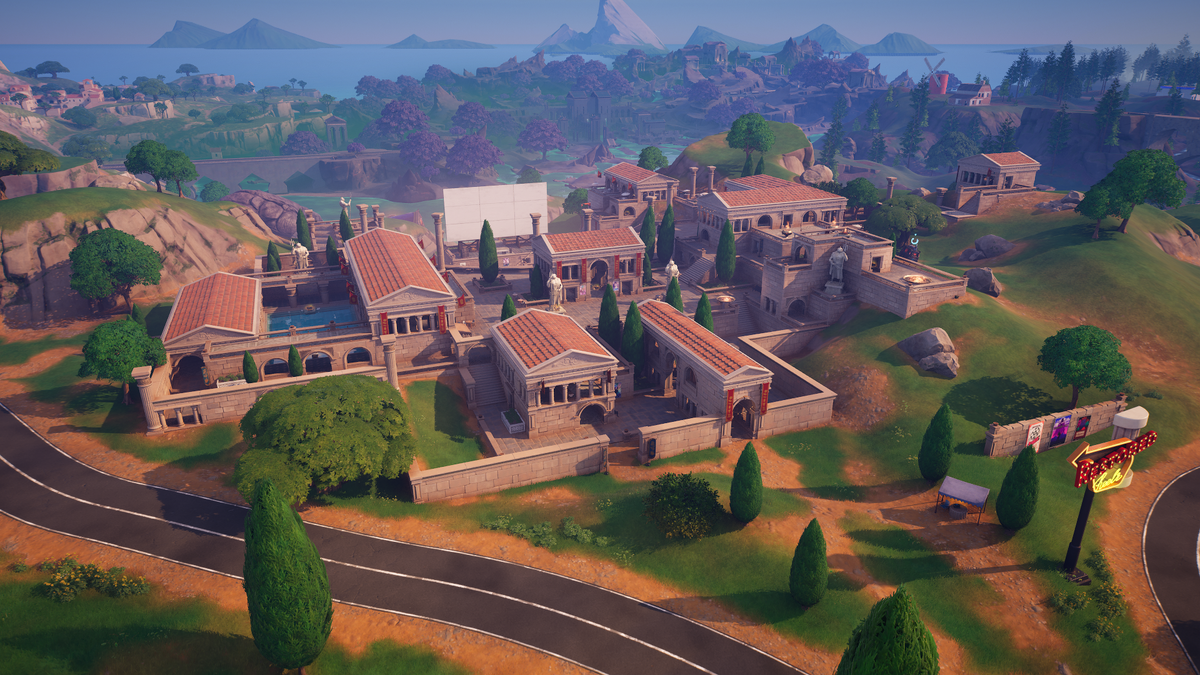
-
Resto-Mod (Restoration-Modification): This popular approach blends the classic aesthetics of a CJ with modern performance, safety, and comfort features. A resto-mod might feature a modern fuel-injected engine (e.g., GM LS, Ford Coyote), upgraded automatic transmission, power steering, power disc brakes on all four wheels, modern suspension components, air conditioning, and a premium sound system. While maintaining the iconic CJ look, the driving experience is significantly enhanced, making it more suitable for daily driving or longer trips.

It’s important to distinguish these levels from simple "refurbishments" or "repairs," which might only address immediate issues without a comprehensive overhaul. A truly restored CJ represents a significant investment of time, money, and expertise.
Benefits of Buying a Restored Jeep CJ
Opting for a restored Jeep CJ offers numerous advantages over buying an unrestored project or a modern vehicle.
- Reliability and Dependability: A professional restoration replaces worn-out components, ensuring the engine, drivetrain, and electrical systems are in excellent working order. This translates to a vehicle you can trust for weekend adventures or even light daily driving.
- Enhanced Safety: Restorations often include critical safety upgrades such as modern braking systems (disc brakes are common), updated steering components, improved lighting, and new wiring, significantly enhancing safety compared to an original, aging CJ.
- Improved Comfort and Driveability: Modern components like power steering, upgraded suspension, comfortable seating, and even air conditioning (in resto-mods) can transform the driving experience, making it more enjoyable and less fatiguing.
- Investment and Value Retention: A well-documented, high-quality restoration can appreciate in value over time, especially for rarer models like the CJ-8 Scrambler. Unlike many new vehicles that depreciate rapidly, a classic CJ, when properly maintained, can be a sound investment.
- Turn-Key Enjoyment: Instead of spending years and vast sums on a project, a restored CJ allows you to immediately enjoy the open-air freedom and classic appeal without the headaches of sourcing parts or extensive mechanical work.
- Unique Style and Presence: A restored CJ stands out from the crowd. It commands attention and respect, offering a unique blend of nostalgia and rugged capability that modern SUVs simply cannot replicate.
Key Considerations When Buying a Restored CJ
While the benefits are compelling, a prudent buyer must consider several factors before making a purchase.
- Budget and Cost: Restorations are expensive. Understand that the price of a well-restored CJ reflects the significant investment of time, parts, and labor. Be wary of prices that seem too good to be true.
- Intended Purpose: Will it be a show vehicle, a weekend cruiser, an off-road beast, or a daily driver? Your purpose will dictate the ideal level of restoration and specific features (e.g., a resto-mod for daily driving, a rugged build for serious off-roading).
- Quality of Restoration and Documentation: This is paramount. Ask for detailed photos of the restoration process, receipts for parts and labor, and documentation of any modifications. A reputable restorer will have a portfolio of their work. Look for consistency in panel gaps, quality of paint, and cleanliness of wiring.
- Engine and Drivetrain Configuration: Is it the original engine (e.g., AMC 258, 304, 360) or a modern swap? Is it manual or automatic? Understand the pros and cons of each for your needs. Original engines offer authenticity, while modern swaps offer power and reliability.
- Rust Inspection: Even a "restored" CJ can have hidden rust if the job wasn’t done properly. Pay close attention to common rust areas: frame, body mounts, floor pans, rocker panels, rear quarter panels, and the windshield frame.
- Legal and Emissions Compliance: Depending on your state or country, older vehicles might be exempt from certain emissions tests. However, engine swaps might require specific certifications. Verify VIN numbers and title clarity.
- Pre-Purchase Inspection (PPI): Always, always, always get an independent mechanic specializing in classic vehicles or Jeeps to perform a PPI. They can spot issues that a layperson might miss.
- Test Drive: Drive the vehicle thoroughly. Listen for unusual noises, check steering play, brake feel, transmission shifts, and overall handling. A well-restored CJ should feel solid and responsive.
Where to Find Restored Jeep CJs For Sale
The market for classic vehicles is robust, and several avenues exist for finding a restored Jeep CJ.
- Specialty Dealers and Restorers: Many businesses specialize in restoring and selling classic Jeeps. These are often the most reliable sources, offering warranties (sometimes limited) and expertise. Prices will be higher, but you’re paying for quality and peace of mind.
- Online Auction Sites: Platforms like Bring a Trailer and eBay Motors often feature high-quality restored CJs. These sites provide extensive photo galleries, detailed descriptions, and often allow for buyer questions and comments.
- Classic Car Auction Houses: Major auction houses such as Barrett-Jackson and Mecum Auctions occasionally feature exceptional restored CJs. These sales often command premium prices but represent top-tier vehicles.
- Online Marketplaces and Forums: Websites like Craigslist, Facebook Marketplace, and dedicated Jeep forums or classic car classifieds can list private sales. These require more due diligence but can sometimes yield better deals.
- Enthusiast Clubs and Events: Attending Jeep shows, classic car gatherings, and joining local Jeep clubs can connect you with sellers and provide opportunities to see vehicles in person.
Tips for a Successful Purchase
- Do Your Homework: Research the specific CJ model you’re interested in. Understand its common quirks, strong points, and potential issues.
- Verify Everything: Don’t just take the seller’s word. Verify VIN, title, and any claims of restoration work with documentation and inspections.
- Ask for Photos and Videos: If buying remotely, request detailed photos and videos, including cold starts, walk-arounds, and specific areas of concern.
- Factor in Hidden Costs: Remember to budget for shipping, insurance, registration, and potential immediate maintenance items even on a restored vehicle.
- Be Patient: Finding the right restored CJ takes time. Don’t rush into a purchase, and be prepared to walk away if something doesn’t feel right.
- Build a Relationship: If buying from a restorer, try to build a relationship. Their ongoing support can be invaluable.
Potential Challenges and Solutions
Even with a restored vehicle, challenges can arise. Being prepared can save you headaches.
- Overpaying:
- Solution: Thorough market research, compare prices of similar quality restorations, and get a PPI to validate the asking price.
- Hidden Flaws/Poor Quality Restoration:
- Solution: Insist on detailed documentation and photos of the restoration process. Get a comprehensive PPI from an independent expert. If the seller is hesitant about documentation or inspection, it’s a red flag.
- Unexpected Maintenance:
- Solution: Even restored vehicles need maintenance. Find a reputable mechanic familiar with classic Jeeps. Budget for ongoing care and potential unforeseen repairs.
- Parts Availability (for very specific or NOS parts):
- Solution: While many aftermarket parts are available for CJs, some very specific or original parts can be hard to find. Research parts availability for your desired model before buying. Join online forums where members often share parts sources.
- Rust Recurrence:
- Solution: Ensure the restoration included proper rust remediation and protective coatings. Regular cleaning and inspection, especially after off-roading or winter driving, can prevent new rust.
Price Table: Estimated Costs for Restored Jeep CJs
Please note: These are estimated ranges and can vary significantly based on the specific model year, engine, transmission, options, geographical location, and the reputation of the restorer. "Resto-Mod" prices are the most variable, as they depend heavily on the extent and quality of modern upgrades.
| Model Series | Year Range | Restoration Level | Estimated Price Range (USD) | Key Features/Notes |
|---|---|---|---|---|
| Jeep CJ-5 | 1955-1983 | Driver Quality | $18,000 – $30,000 | Good runner, presentable, minor flaws, reliable. |
| Full Restoration | $30,000 – $55,000+ | Near-original condition, show-ready, meticulous detail. | ||
| Resto-Mod | $35,000 – $70,000+ | Modern engine/transmission, upgraded brakes/suspension, comfort features. | ||
| Jeep CJ-7 | 1976-1986 | Driver Quality | $20,000 – $35,000 | Solid mechanics, good paint/interior, ideal for regular use. |
| Full Restoration | $35,000 – $65,000+ | Concours-quality, period-correct, excellent attention to detail. | ||
| Resto-Mod | $40,000 – $85,000+ | Fuel injection, power steering/brakes, AC, modern amenities for daily driving. | ||
| Jeep CJ-8 Scrambler | 1981-1986 | Driver Quality | $30,000 – $50,000 | Rarer model, functional and presentable. |
| Full Restoration | $50,000 – $90,000+ | Highly sought after, premium prices for top-tier restorations. | ||
| Resto-Mod | $60,000 – $120,000+ | Highly customized, premium engine swaps, luxury interiors. |
Note: Prices can exceed these ranges significantly for exceptionally rare models, celebrity-owned vehicles, or bespoke, high-end resto-mods with extensive customization.
Frequently Asked Questions (FAQ)
Q1: Are restored CJs reliable for daily driving?
A1: It depends on the level of restoration. A "Resto-Mod" with modern engine swaps, upgraded brakes, and AC can be quite reliable for daily driving. A "Full Restoration" to original specifications will be more reliable than an unrestored CJ, but still requires the understanding and care associated with a classic vehicle. They generally lack modern safety features like airbags and ABS.
Q2: What’s the difference between a "restored" and an "original" CJ?
A2: An "original" CJ is largely untouched from its factory state, often showing wear and tear. A "restored" CJ has undergone significant work to bring it back to (or beyond) its original condition, replacing or rebuilding components. An "original" vehicle is rare and often commands high prices for its untouched nature, while a "restored" vehicle offers enhanced drivability and aesthetics.
Q3: How much does a good restoration typically cost?
A3: A high-quality, frame-off restoration can easily cost anywhere from $40,000 to $100,000+, depending on the extent of work, parts used, and labor rates. The price of a restored CJ for sale will reflect this investment.
Q4: Are parts still available for Jeep CJs?
A4: Yes, thankfully, the aftermarket for Jeep CJs is robust. Many companies specialize in reproduction body panels, mechanical components, electrical parts, and accessories. However, some very specific original equipment (OE) or New Old Stock (NOS) parts can be rare and expensive.
Q5: Can I take a restored CJ off-road?
A5: Absolutely! Many restored CJs, especially those built as "driver quality" or with specific off-road upgrades, are meant to be driven off-road. However, if you purchase a "Full Restoration" or show-quality vehicle, be mindful that excessive off-roading could damage its pristine condition and potentially devalue it.
Q6: What are the common rust spots to check on a CJ?
A6: Key areas for rust include the frame (especially near body mounts and spring hangers), floor pans, rocker panels, rear quarter panels (behind the wheels), the windshield frame, and the bottom of the tailgate. Even on a restored CJ, check these areas carefully, as improper rust removal can lead to recurrence.
Conclusion: Driving a Piece of History
Owning a Restored Jeep CJ is more than just acquiring a vehicle; it’s an investment in a lifestyle, a statement of individuality, and a tangible connection to a rich automotive heritage. These rugged, open-air machines offer an unparalleled driving experience that harks back to a simpler time of adventure and exploration.
While the journey to finding the perfect restored CJ requires diligence, research, and a clear understanding of what you’re buying, the rewards are immeasurable. Whether you envision cruising down coastal roads, tackling light trails, or simply turning heads at local car shows, a meticulously restored Jeep CJ delivers on all fronts. By following the advice outlined in this guide, you can navigate the market with confidence, ensuring that your investment brings years of reliable enjoyment and a true taste of American freedom.

